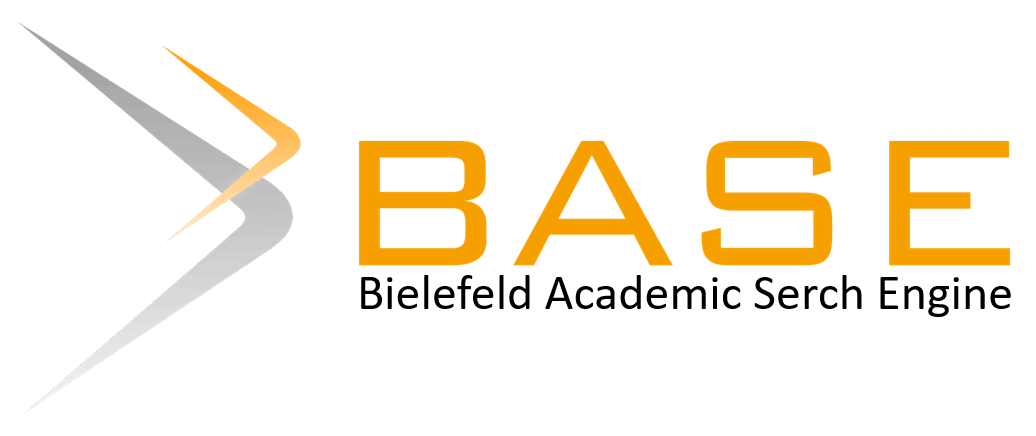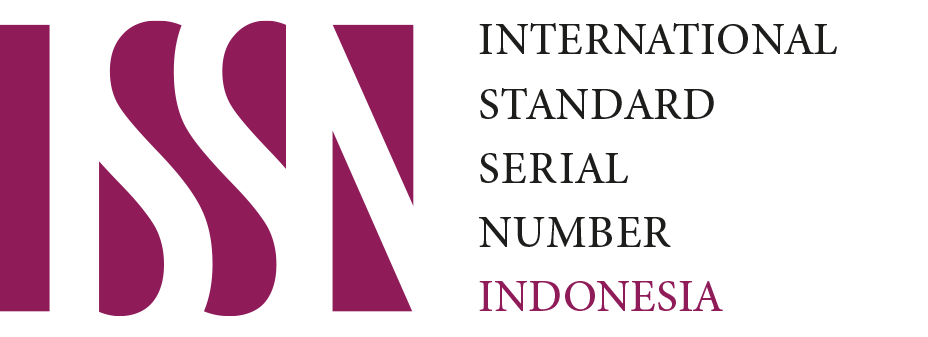Olive Oil as a Substitute for Xylene in Histological Tissue Processing for Mice’s Skin and Liver by Hematoxyline Eosin Staining: A Comparative Study
Abstract
Clearing results in histological processing can be affected due to tissue density and viscosity of the clearing agent. Xylene is the most commonly used aromatic solvent for clearing agents and deparaffinizing agents in histopathology laboratories, but xylene is one of the most dangerous chemicals found in histology laboratories. Based on the dangers posed by xylene, a replacement material is needed. Several xylene substitutes such as reagents derived from limonene, aliphatic hydrocarbons, vegetable oils and mineral oils have been commercially developed, but the available xylene substitutes are still less effective, more expensive, and still as dangerous as xylene itself. Substitutes that are considered safer are from natural oils, one of which is olive oil which has similarities with xylene, namely in hydrocarbon and phenol compounds. This study used two types of tissue, namely skin and liver from mice (Mus musculus) which were cut into two parts; the first part uses xylene as and the other part uses olive oil as a clearing agent. The assessment of hematoxylin eosin staining results were determined based on the category of assessment of cell structure, such as the cell nucleus, cytoplasm, and color uniformity carried out by three readers and five fields of view for each microscopic slide at 40X magnification of the objective lens. Comparison of observations of the xylene group in skin and liver tissue 100% got a good score on the cell nucleus, cytoplasm, and color uniformity. (p=1,000). The olive oil group had a slight difference in color uniformity in liver tissue when compared to skin, but not statistically different (p=0.773). The comparison of the overall readings of the xylene and olive oil groups on skin and liver tissue also showed no statistically different (p=0.262). So it can be concluded that olive oil can be recommended as a substitute for xylene in the clearing process in histological tissue processing.
Keywords
Full Text:
PDFReferences
Adeniyi, I. M., Adejoba, O. R., Akinlabi, F. M., & Alao, O. J. (2016). Vegetable Oils as Clearing Agents. Achievements in the Life Sciences, 10(1), 1–4. https://doi.org/10.1016/j.als.2016.05.001
Alwahaibi, N., Aljaradi, S., & Alazri, H. (2018). Alternative to xylene as a clearing agent in histopathology. Journal of Laboratory Physicians, 10(02), 189–193. https://doi.org/10.4103/jlp.jlp_111_17
Ananthaneni, A., Namala, S., Guduru, V. S., Ramprasad, V. V. S., Ramisetty, S. D., Udayashankar, U., & Naik, K. K. (2014). Efficacy of 1.5% Dish Washing Solution and 95% Lemon Water in Substituting Perilous Xylene as a Deparaffinizing Agent for Routine H and E Staining Procedure: A Short Study. Scientifica, 2014, 1–7. https://doi.org/10.1155/2014/707310
Ankle, M. R., & Joshi, P. S. (2011). A study to evaluate the efficacy of xylene-free hematoxylin and eosin staining procedure as compared to the conventional hematoxylin and eosin staining: An experimental study. Journal of Oral and Maxillofacial Pathology, 15(2), 161–167. https://doi.org/10.4103/0973-029X.84482
Buesa, R. J. (2000). Mineral oil: The best xylene substitute for tissue processing yet? Journal of Histotechnology, 23(2), 143–149. https://doi.org/10.1179/his.2000.23.2.143
Falkeholm, L., Grant, C. A., Magnusson, A., & Möller, E. (2001). Xylene-free method for histological preparation: A multicentre evaluation. Laboratory Investigation, 81(9), 1213–1221. https://doi.org/10.1038/labinvest.3780335
Janardhanam, D., Saranya, M., Tamilthangam, P., Swathiraman, J., Shanmathee, K., & Preethi, R. (2019). Kerosene as an Alternative to Xylene in Histopathological Tissue Processing and Staining: An Experimental Study. Journal of Pharmacy and Bioallied Sciences, 11(2), S376-9. https://doi.org/10.4103/jpbs.JPBS
Killedar, S., Sermadi Z M, W., K.C, N., Acharya, S., & Prabhu, S. (2019). Olive oil as xylene substitute. Journal of Oral Medicine, Oral Surgery, Oral Pathology and Oral Radiology, 5(2), 46–51. https://doi.org/10.18231/j.jooo.2019.013
Lyon, H., Holm, I., Prentø, P., & Balslev, E. (1995). Non-hazardous organic solvents in the paraffin-embedding technique: a rational approach - Aliphatic monoesters for clearing and dewaxing: butyldecanoate. Histochemistry and Cell Biology, 103(4), 263–269. https://doi.org/10.1007/BF01457410
Mayangsari, M. A., Nuroini, F., Ariyadi, T., & Semarang, U. M. (2019). Perbedaan Kualitas Preparat Ginjal Marmut pada Proses Deparafinasi Menggunakan Xylol dan Minyak Zaitun pada Pewarnaan HE. Prosiding Mahasiswa Seminar Nasional Unimus, 2, 190–194.
Metgud, R., Astekar, M. S., Soni, A., Naik, S., & Vanishree, M. (2013). Conventional xylene and xylene-free methods for routine histopathological preparation of tissue sections. Biotechnic and Histochemistry, 88(5), 235–241. https://doi.org/10.3109/10520295.2013.764015
Negi, A., Puri, A., Gupta, R., Chauhan, I., Nangia, R., & Sachdeva, A. (2013). Biosafe alternative to xylene: A comparative study. Journal of Oral and Maxillofacial Pathology, 17(3), 363–366. https://doi.org/10.4103/0973-029X.125199
Nurasri, R., Wachidah Yuniwarti, E. Y., & Djaelani, M. A. (2019). Pengaruh Pemberian Virgin Coconut Oil (VCO) dan Olive Oil terhadap Mikroanatomi Ren Tikus Putih (Rattus norvegicus). Bioma : Berkala Ilmiah Biologi, 20(2), 133. https://doi.org/10.14710/bioma.20.2.133-139
Okoro, L. N., & Sambo, F. I. (2011). Thermodynamic and viscometric evaluation of biodiesel and blends from olive oil and cashew nut oil . Research Journal of Chemical Sciences, 1(August 2015), 90–97.
Pandey, P., Dixit, A., Tanwar, A., Sharma, A., & Mittal, S. (2014). A comparative study to evaluate liquid dish washing soap as an alternative to xylene and alcohol in deparaffinization and hematoxylin and eosin staining. Journal of Laboratory Physicians, 6(02), 084–090. https://doi.org/10.4103/0974-2727.141504
Pratiwi, E. N., & Armalina, D. (2021). Mikroskopis Preparat Mus Musculus Ginjal Dideparafinisasi dengan Minyak Zaitun pada Pewarnaan Eosin ( HE ) Hematoxylin ( HE ) Microscopic of Mus Musculus Kidney Preparation Deparafinized with Olive Oil in ELA NUR PRATIWI DESY ARMALINA Laboratorium Klinik. Jaringan Laboratorium Medis, 03(01), 61–66.
Premalatha, B. R., Patil, S., Rao, R. S., & Indu, M. (2013). Mineral oil-A biofriendly substitute for xylene in deparaffinization: A novel method. Journal of Contemporary Dental Practice, 14(2), 281–286. https://doi.org/10.5005/jp-journals-10024-1314
Ramulu, S., Ravikumar, S., Sharma, P., Koneru, A., Patil, R., & Ramesh, D. N. S. V. (2012). Liquid dish washing soap: An excellent substitute for xylene and alcohol in hematoxylin and eosin staining procedure. Journal of Orofacial Sciences, 4(1), 37. https://doi.org/10.4103/0975-8844.99890
Ravindran, R., Sruthi, A. K., Ameena, M., & Harish, R. N. K. D. (2018). Bleached Palm Oil as a Bio-friendly Substitute for Xylene: A Comparative Study. Oral & Maxillofacial Pathology Journal, 9(2), 63–69.
Sermadi, W., Prabhu, S., Acharya, S., & Javali, S. B. (2014). Comparing the efficacy of coconut oil and xylene as a clearing agent in the histopathology laboratory. Journal of Oral and Maxillofacial Pathology, 18(5), 49–53. https://doi.org/10.4103/0973-029X.141348
Sofyanita, E. N., & Iswara, A. (2021). Rasio Penutupan Luka pada Tikus Diabetes Diinduksi Streptozotocin dengan Perlakuan Dressing Tipe Pasif dan Interaktif ( Penelitian Pendahuluan ) Pilo. 03(02), 67–71.
Stockert, J. C., López-Arias, B., Del Castillo, P., Romero, A., & Blázquez-Castro, A. (2012). Replacing xylene with n-heptane for paraffin embedding. Biotechnic and Histochemistry, 87(7), 464–467. https://doi.org/10.3109/10520295.2012.701764
Tanilgan, K., Özcan, M. M., & Ünver, A. (2007). Physical and chemical characteristics of five Turkish olive (Olea europea L.) varieties and their oils. Grasas y Aceites, 58(2), 142–147. https://doi.org/10.3989/gya.2007.v58.i2.78
DOI: https://doi.org/10.31983/jlm.v4i2.8688
Article Metrics
Refbacks
- There are currently no refbacks.
Copyright (c) 2022 Jaringan Laboratorium Medis

This work is licensed under a Creative Commons Attribution-ShareAlike 4.0 International License.
--
OFFICE INFORMATION :
Jurusan Analis Kesehatan - Kemenkes Poltekkes Semarang, https://analis.poltekkes-smg.ac.id Jl. Wolter Monginsidi No. 115 Pedurungan Tengah, Semarang, Jawa Tengah, Indonesia ; Email: jlm@poltekkes-smg.ac.id
 Jaringan Laboratorium Medis disseminated below Creative Commons Attribution-ShareAlike 4.0 International License.
Jaringan Laboratorium Medis disseminated below Creative Commons Attribution-ShareAlike 4.0 International License.
Our Related Accounts :
 |  |  | |||||
| MoU PATELKI | ISSN BRIN | Google Scholar | Garuda | Stat Counter | DOI Crossref |
| Jaringan Laboratorium Medis © 2019 |









